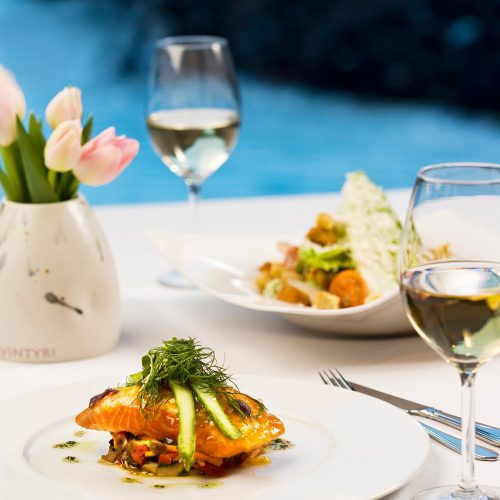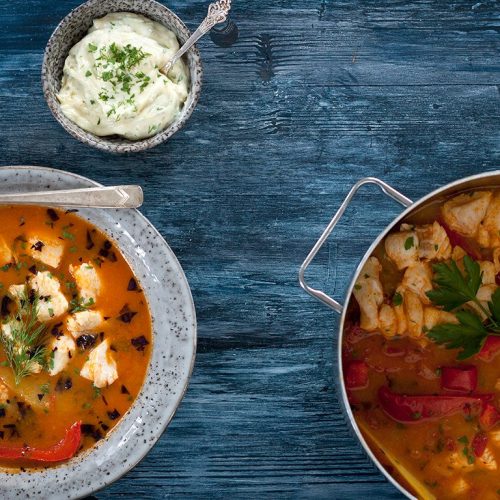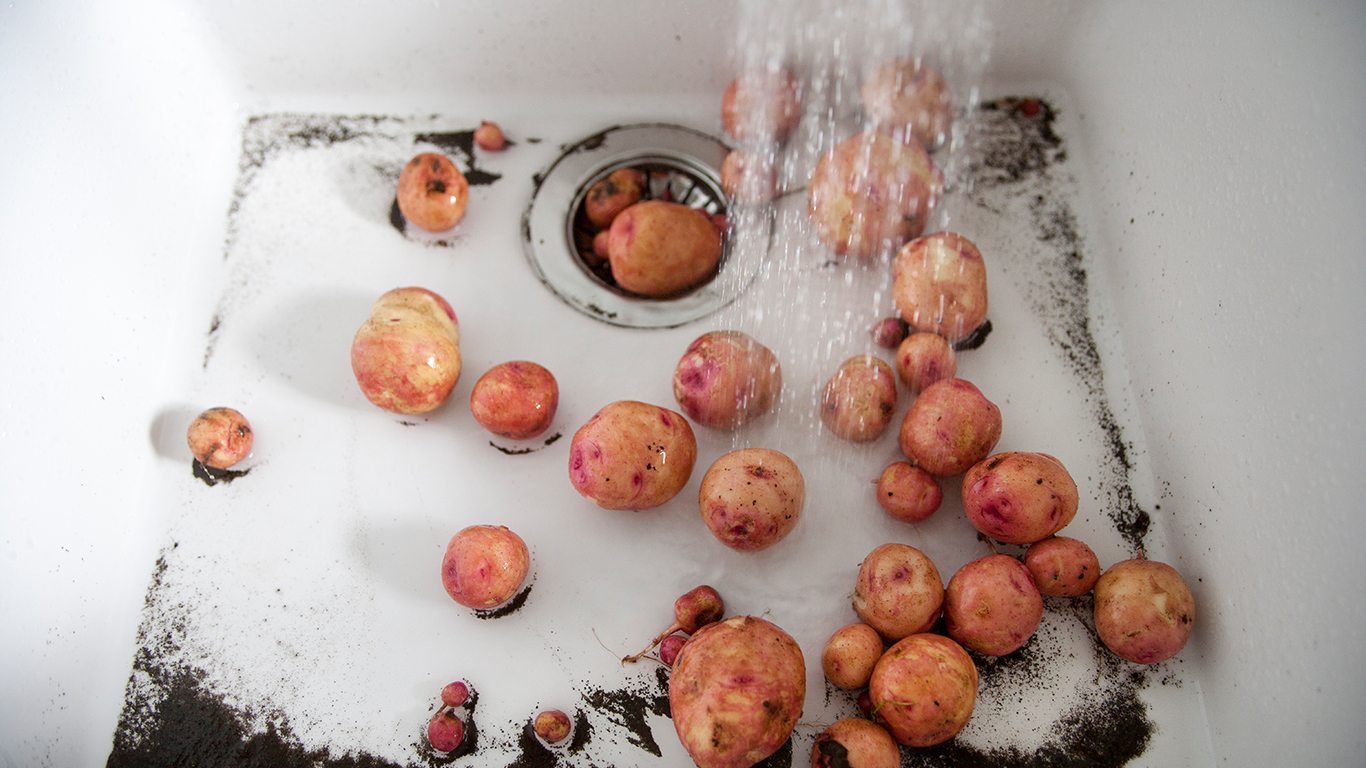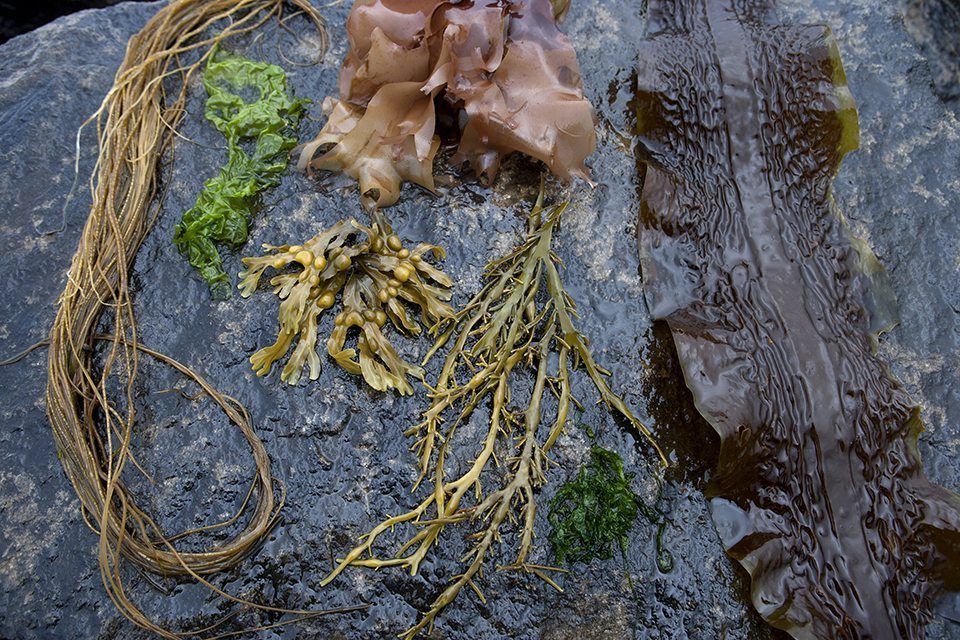Reykjanes

Seafood and food from the shore characterize the culinary tradition of Reykjanes. The Reykjanes Peninsula is covered in lava and surrounded by the ocean. There, the Mid-Atlantic Ridge reaches land and the environment is shaped by old volcanic activity, while some lava fields appeared in historical times. There is a strong tradition of fishing and the Reykjanes Peninsula has always been the location of fishing stations. Many fishermen also kept livestock. Agriculture was more prominent in the first centuries of settlement as there were fewer towns and farms. During the Middle Ages, fishing became a more substantial part of farmers’ lives and agriculture dwindled, as there is little vegetation and few lowlands in the region.
Utilization of geothermal energy
Dulse and other delicious seaweeds can be found in Herdísarvík. Sea and mineral salt is also produced in the area. Reykjanes is the site of land-based fish farming where Senegalese Sole, one of the most expensive seafood fish in the world, is farmed and sold abroad. Many places for drying fish can be seen along Reykjanes and the utilization of geothermal energy for drying fish products began in 1990. Today, two companies specialize in drying fish using geothermal energy. The Resource Park produces genetically modified barley, which is the foundation for a line of cosmetics sold worldwide. The pig farm at Minni-Vatnsleysa is probably the only agricultural production company on the peninsula.
Unesco’s Global Geopark
A variety of restaurants are on the Reykjanes Peninsula, most of them specializing in seafood. Sandgerði has built a reputation for their crab and shellfish menu, Grindavík offers fish and health food and at the Blue Lagoon, one can enjoy a meal in an area named one of the wonders of the world by National Geographic. Keflavík has many different restaurants, ranging from fine dining to “diners” inspired by the American Air Force, but its base neighbored the town for 55 years.
It is interesting to note that Reykjanes is a part of Unesco’s Global Geoparks. Guests experience the history, culture, landscape, food and fauna in harmony with the locals and the environment. A project called GEOfood is intended to draw attention to food production within the area and it will be exciting to watch it progress.
For more information about culinary experiences see Visit Reykjanes




















